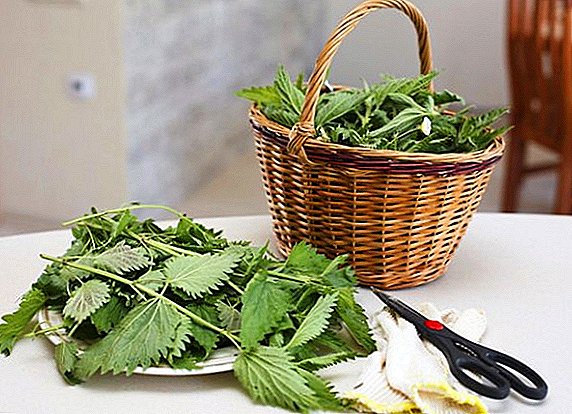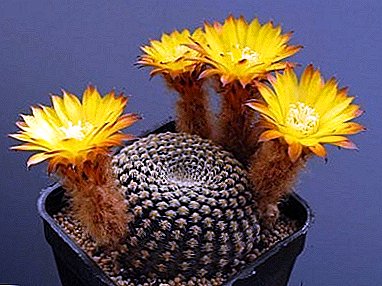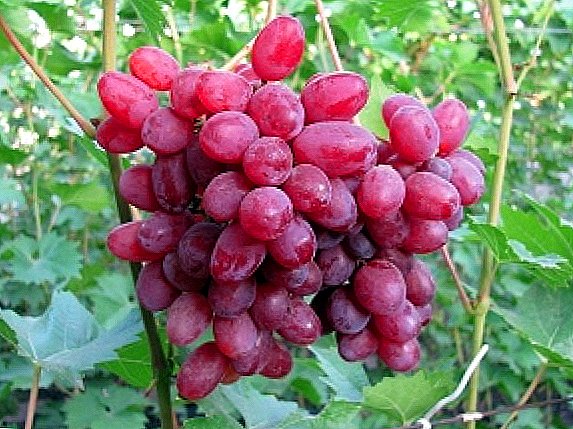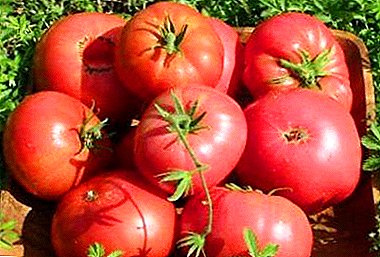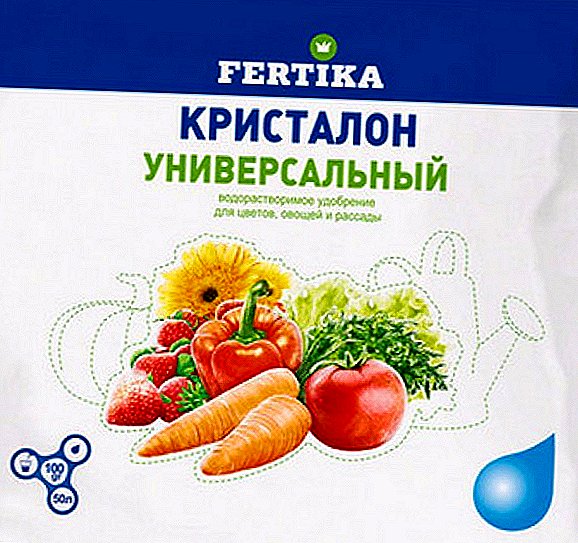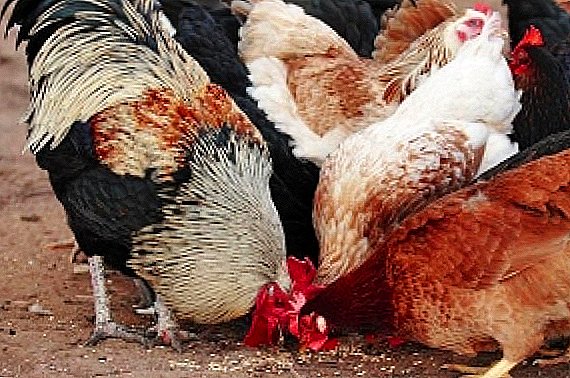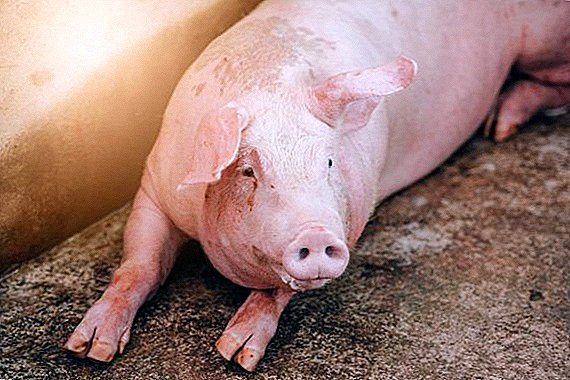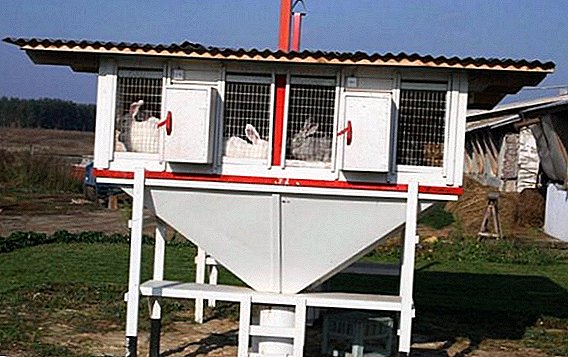 Breeding rabbits is a very popular branch of animal husbandry and there are many reasons for this. These animals quickly grow and multiply, therefore, profits from their content can be obtained as soon as possible. However, to ensure good eared living conditions, at a minimum, you need to build various cells for them, where they can live and be fruitful, satisfying all their needs. A good solution to this problem will be the arrangement of a rabbit mini-farm, which we will discuss in this article.
Breeding rabbits is a very popular branch of animal husbandry and there are many reasons for this. These animals quickly grow and multiply, therefore, profits from their content can be obtained as soon as possible. However, to ensure good eared living conditions, at a minimum, you need to build various cells for them, where they can live and be fruitful, satisfying all their needs. A good solution to this problem will be the arrangement of a rabbit mini-farm, which we will discuss in this article.
Types of mini-farms for rabbits
All existing rabbit farms today can be divided into several main species, and one of the main criteria for this division is the number of animals kept.
There are 4 of them:
- decorative;
- mini cottage;
- secondary homesteads (usually settled in personal subsidiary farms);
- large industrial.
It is clear that the first two options are not suitable for year-round breeding of eared and can be used only for temporary or seasonal keeping of small livestock.
Did you know? The biggest rabbit in the world - a resident of the UK named Ralph. The length of his body to the tip of the tail is 130 cm, and this giant weighs more than 25 kg. At the same time such a rather small animal has a very appeasable character and loves guests.Theoretically, mini-farms located in LPS can be used to place animals in winter, but their design should be appropriate. As for the latter type, it is characteristic of large agro-industrial holdings and large-scale farms.
 Of course, homestead rabbit farms will be more economical and will not require from the breeder large material expenses for the construction and maintenance of facilities. They are compact and successfully served by one person, even with a relatively large number of animals. It is not surprising that it was this variety that interested a large number of breeders.
Of course, homestead rabbit farms will be more economical and will not require from the breeder large material expenses for the construction and maintenance of facilities. They are compact and successfully served by one person, even with a relatively large number of animals. It is not surprising that it was this variety that interested a large number of breeders.We advise you to read about how to make a house for rabbits, as well as to learn how to build an aviary and a shed for rabbits with your own hands.
Design features for mini-farm cells
All mini-farms have some universal components that must be present in one form or another in each of them.
These structural elements are:
- a stand on which is placed the main cell and the free-standing compartment attached to it, the trough and the feeder;
- nesting compartment for females with baby rabbits;
- upper tier with sprinkling uterine compartments located on it;
- litter collector (it is desirable that it be an easily retractable compartment located under all the cells).
In addition, the farm is necessarily equipped with bunker-type feeders, which significantly save feed and dose out it to animals. With such a device, it is possible to replenish stocks of dry food no more than once every 5-7 days without violating sanitary and hygienic standards.  An obligatory component of any rabbit mini-farm is the water heating system, thanks to which even in winter time rabbits can be kept without fear of low temperatures outside.
An obligatory component of any rabbit mini-farm is the water heating system, thanks to which even in winter time rabbits can be kept without fear of low temperatures outside.
Did you know? Thanks to the location of their eyes, rabbits are able to see everything happening behind their back, without turning the head. In the wild, this skill often saves the animal life.
Mini farm for rabbits do it yourself
Having boards, a grid, and some other materials, even a beginner can build small mini-farms for rabbits by choosing one of the schemes popular today. The most famous is the Mikhailov construction technique, but before we consider this option, I would like to talk about a simpler construction according to the McLuck scheme. 
Design and Drawings
Any arrangement of a mini-farm begins with the choice of its location and the preparation of all necessary tools and materials. As for the location, this structure can occupy almost any free area of your territory, with an area of 2x2 meters.
The small size of the structure makes it easy to place it in the backyard of the backyard directly in the open air or under a canopy. Of course, if you are going to contain a large number of rabbits, then you will have to find a little more territory.
The main thing, when installing the cells, is to move away from the residential buildings at such a distance in order to completely eliminate the possibility of the penetration of unpleasant odors into the living room. At the same time, the back wall of all cells must "look" to the north, and the front doors - to the south. The dimensions of one cell compartment should not be less than 50 cm in height, 70 cm in width and 150 in length.
Important! Unlike conventional cages, the mini-farm for rabbits is almost completely autonomous, which means that you do not have to constantly worry about the availability of food and water. Enough to replenish stocks every few days.
Materials and tools
In fact, to build a mini-farm by the method of Maklyak, Zolotukhin or Mikhailov, you can use the same materials that you probably can find in your farm.  First of all, it is:
First of all, it is:
- plywood sheets;
- galvanized iron;
- Hardboard;
- wooden bars and boards;
- roofing felt or slate sheets for the roof;
- paint;
- antiseptic for processing wooden parts.
From the tools you will need nails, a hammer, screws and a screwdriver (if you plan to connect all the parts in this way), pliers, handsaw, scissors for metal.
Manufacturing steps
In the simplest version, the mini-farm for rabbits is presented in the form of a multi-tiered structure with several types of compartments.
The main structural elements in this case are the following:
- stand;
- walking compartment;
- cage with watering and feeding trough;
- nest compartment;
- upper uterine and jigging tier;
- roof construction.
According to these elements, the construction of a mini-farm is being carried out.
That is, the whole process consists of the following steps:
- The first step is to make a stand for all future cells. Of course, it should be as strong and stable as possible, for which 4 wooden beams are fastened together in a vertical position, using shorter wooden bars.
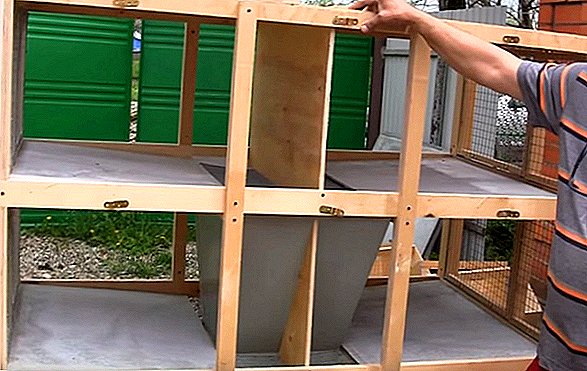
- Under them place a container for collecting litter, and the sides are sheathed with sheets of fiberboard.
- Above the stand is going to the first tier of the mini-farm, on the left side of which, instead of a blank wall, there will be a grid with a window (here animals are held for the purpose of initial inspection).
- A wooden floor in cages is also made, it is possible with a mesh part at the back wall. It should be inclined at 45 ° and have small gaps.
- An already constructed tier should be divided into several separate compartments: nest and walking, making a metal or wooden partition between them.
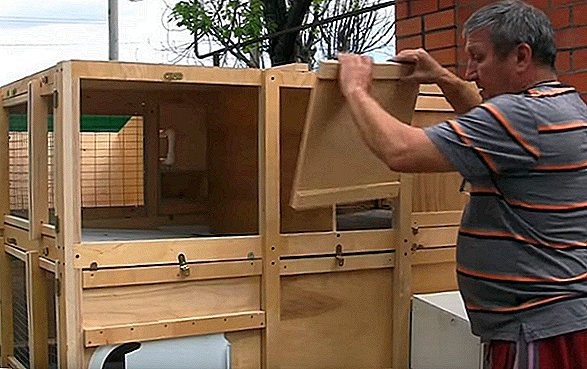
- The nest compartment must be well insulated so that even with the arrival of cold weather, the offspring are safe (for this purpose, the cell stacks can be sheathed with foam plastic).
- In the free-standing compartment, it is imperative to install the drinkers and feeders (if desired, it can be placed at the back of the truss, simply by pulling the net onto a suitable metal frame).

- When the first tier is ready, you can proceed to the creation of a second floor mini-farm. Usually it is intended for the maintenance of heterosexual young, so the whole space is divided into two parts with the help of feeders and drinkers. As a valid alternative, the second tier is created following the example of the first and plays the role of an auxiliary masterbatch.
- Part of the floor is also made netted, and trays for collecting litter are installed on the roof of the first tier.
- From above the roof is covered with roofing paper or slate and install a ventilation pipe.
In general, there is nothing particularly difficult in this task, so there is no point in describing the fixing of each screw; it suffices to stick to the chosen mini-farm creation scheme.
Video: review of the mini farm for rabbits Maklak
Mini-farm for rabbits by the method of Mikhailov
The most popular option today is the mini-farm rabbit, created according to the method of Mikhailov.
Important! The average life of the farm Mikhailov is 15-20 years.If you believe the reviews, then the advantages of this design is really a lot:
- all farmed animals are characterized by high weight;
- rabbits begin to multiply faster and get sick less;
- the whole process of eared care is almost completely automated, which greatly simplifies the task of caring for animals (there is no need for constant cleaning and feeding);
- The percentage of survival of baby rabbits is much higher, which was achieved thanks to the longer period of their stay with the mother, up to three months (the longer the young feed on breast milk, the healthier it will be);
- in the cold season, the water in the drinkers is automatically warmed up, which means that the rabbits will not experience a shortage of such an important liquid for them;
- if you wish, you can even organize queen mothers with built-in heating, which will ensure a high percentage of the survival rate of rabbits born in the winter;
- Each compartment has a separate ventilation pipe, which brings out all the harmful gases (thus, animals can only breathe clean air, which also has a beneficial effect on their health).
Design and dimensions
When calculating the total area of a mini-farm, it is important to consider the characteristics of a particular rabbit breed and ease of maintenance of the structure. Each cell, an area of 1.4 square meters. m., can accommodate up to 20 individuals, and just a few sheds (in fact, a multi-layered arrangement of cells and is shed) there can be up to 50 cells.
We recommend to get acquainted with the technology of growing rabbits according to the method of Mikhailov.
A farm usually consists of two rows of cells covered with one roof and located on eight square meters of space (including all approaches to them). The lower part of such a mini-farm is a stand-frame, and the upper tier is equipped with removable partitions, which is very convenient when mating rabbits to increase the space.
If we consider the construction of Mikhailov in the direction from top to bottom, then it will consist of the following components:
- roof pipe for ventilation;
- sloping roof;
- compartments for keeping rabbits (mother queen, walking);
- heated drinker (located near the outlet) and the feeder;
- pallet;
- mine for waste disposal;
- litter collection box.
The finished design according to Mikhailov’s method will look like this: 
In order not to suffer from independent calculations, you can adhere to the following values:
- mini-farm width - 240 cm;
- the height of a single-tier structure is 210 cm (with a height of 70 cm of the cells themselves);
- the height of the base part is 140 cm (height to the cells, at the base of which there is a litter collection and inclined gutters for easy collection);
- queen width - 35 cm, length - 40 cm;
- feeding trough - 30x15 cm.
The calculation of the two-tier structure should be carried out taking into account this data.  Mikhailov's drawing: back wall
Mikhailov's drawing: back wall
Materials and tools
As we mentioned earlier, almost all rabbit farms will require the same materials for construction.
First of all it is:
- planks and wooden bars (suitable for 20x40 and 30x40 mm, 2 m long);
- sheets of plywood and fiberboard;
- galvanized iron;
- metal mesh (used in the design of floors);
- roofing felt or slate sheets for the roof;
- screws or nails.
It will be useful for you to read about how to disinfect cages for rabbits.
Of the tools, nothing unusual will have to be cooked, because all that is needed is:
- a hacksaw (it can also be replaced by an electric jigsaw);
- drill or screwdriver;
- hammer;
- pliers;
- individual parts and components of the future cell (for example, bunker feeders are easier to produce using the existing stencils).
Most of the listed tools will certainly be found at home, and if something does not turn out, this does not mean that you have to run to the store. Look at what can replace the missing, because in many ways the construction of individual parts of a mini-farm depends on the rabbit breeder’s personal fantasy (of course, with strict adherence to the requirements of the chosen scheme). 
Step-by-step instruction
Each master begins to assemble the structure in the way that suits him, but the main points of the assembly will always be the same. Consider the example of the construction of the Mikhailov mini-farm, designed for one tier and three compartments. This option is the easiest to make yourself, especially since later, according to a ready-made sample, it will be possible to complete one more floor.
Familiarize yourself with step-by-step instructions for making troughs and drinking bowls for rabbits with your own hands.
The build process involves the following actions:
- Adhering to the selected drawings, the framework of the future mini-truss is assembled: first the frame-holders, then the cell walls and the floor in it (preferably rack type).
- Separately assembled and hinged doors, install drinkers inside the cage, and fix the feeders from the outside.
- The uterine compartment should be separated from the rest of the cell using a partition with a pre-cut door.
- When the individual compartments are ready, you can cover the roof. A wooden coating (for example, OSB) is quite realistic to fix with screws or nail it with long nails, but for fastening sheets of slate you will have to use corresponding nails.
- Now it is the turn of fastening and a tin cattle surface for removing manure (located under the cages). It is shaped like a funnel with rectangular sides.
- Under the funnel in the narrowest part should be placed a container for faeces.
Video: do-it-yourself mini farm It should be noted that today there are dozens of modifications of the Mikhailov methodology, therefore, it is impossible to single out any one scheme for constructing a mini-farm for rabbits.
The main thing that is required of each rabbit breeder is to adhere to the general algorithm of work, taking into account all the required structural elements, and their size and number will depend on the number of animals and their breed.
Did you know? In the body of a pregnant rabbit, initially there are always more embryos than rabbits are born. However, some of them can be resolved, which is explained by various stressful situations and at the same time guarantees the prevention of excessive breeding of the species.When building any such mini-farm, always make a clear plan of action, including the creation of your own drawing. It is important to understand well what you are doing, but the nuances will become completely clear in the process.





